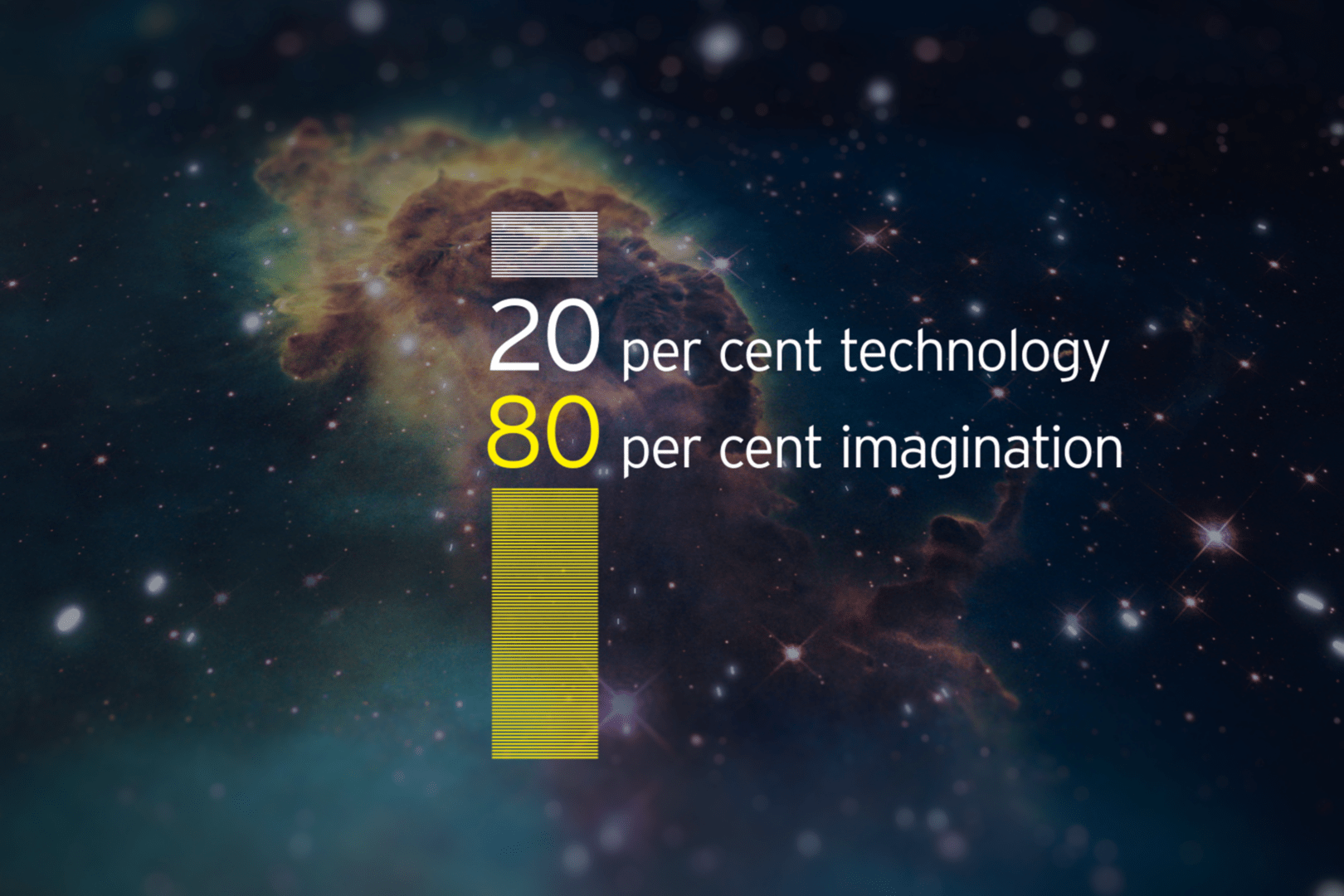EY teams are asking clients across every sector to think big about how else we can use it to help solve problems, improve safety, reduce their carbon footprint, refine a specific aspect of their operations or simply make smarter decisions, faster, cheaper and with lower risk. The sky is not the limit!
The more work we do, the more ideas we have, and the more clients are pushing us to try even more things. Significant linkages from one application to another are revealed at a speed that’s surprising – and delighting – us.
The deep domain knowledge of EY teams across so many industries affords us a unique view of the problems our clients are trying to solve and the way their operations could improve, in ways they perhaps haven’t yet imagined. Space Tech gives us a whole suite of new ways to bring not just powerful solutions but brand new ideas to try, which can be implemented and iterated at speed.
Why elevating trust in AI is essential
AI is the foundation but it’s human intelligence that brings it to life. I like to use the cake analogy: Flour, sugar and butter are just dumb ingredients sitting on the bench until a human comes along and does something with them. At that point, it’s about imagination and skill as to the cake the human makes. In Space Tech, the data is the flour, the AI and ML systems are the butter and sugar and it’s the human intelligence that connects them all to produce something new and valuable. That’s what I mean about solving old problems in new ways.
The icing on the cake is diversity. At EY, diversity is one of our strengths. We have the diversity of our teams around the world, our collaborations, our industry-based knowledge and our client experiences. They bring us an unlimited range of use cases on which to test our hypotheses and unlock the value of this new domain.
Trust is the foundation on which Space Tech for a better world must be developed, and it’s something not yet being spoken about as much as it should be. Building trust in AI is absolutely essential and EY’s Trusted AI offerings enable clients to evaluate, quantify and monitor the impact and ethics of AI in action. It will be a central point of focus for us as we work on Space Tech programs around the world.
EY’s ambition is to accelerate the adoption of Space Tech and AI for the benefit of people, society and the planet. We have the opportunity to rewrite the future and make a real difference to the societies in which we live and the companies with whom we work.



